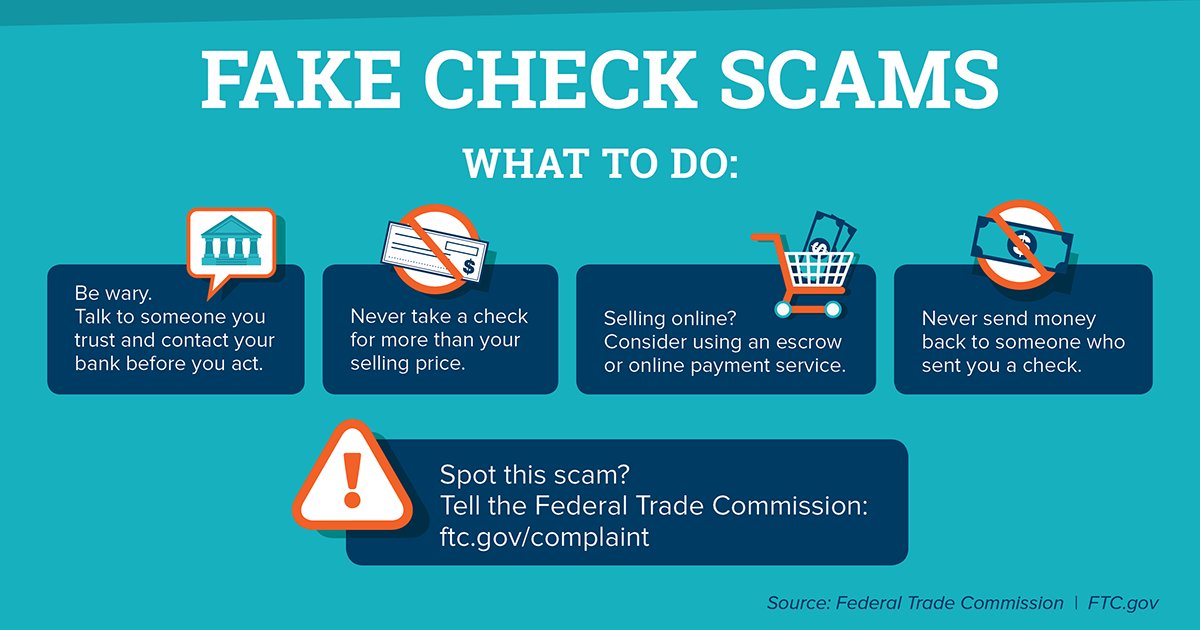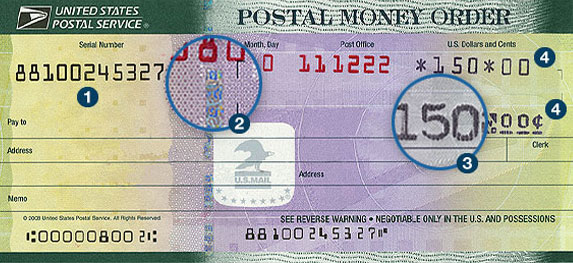How to Tell if a Bill is Fake: A Comprehensive Guide
https://showfakes.com/wp-content/uploads/2023/12/hq720.jpg 686 386 Admin Admin https://secure.gravatar.com/avatar/9c89a0590fb34eb4e2bf2f9088e9f86a?s=96&d=mm&r=gHow to Tell if a Bill is Fake: A Comprehensive Guide
“How to Tell if a Bill is Fake” In today’s world, it’s more important than ever to be vigilant about counterfeit money. With increasingly sophisticated technology, counterfeiters are becoming more adept at creating fake bills that can fool even the most experienced eye.
But fear not! This guide will equip you with the knowledge and tools you need to identify counterfeit bills with confidence.
1. Examine the Paper
Genuine banknotes have a unique texture and feel that is difficult to replicate. They are printed on special paper that is slightly rough and crisp, unlike the smooth, glossy feel of regular printer paper.
Here are some key things to feel for:
- Raised printing: Look for raised printing on the denomination, portrait, and other features of the bill.
- Embedded threads: Feel for small, colored threads embedded within the paper.
- Watermarks: Hold the bill up to the light and look for a faint image that corresponds to the denomination of the bill.
Be aware that some counterfeiters may use special paper that mimics the texture of genuine bills. This is why it’s important to combine this step with other methods of verification.
2. Look for Security Features

Modern banknotes are packed with security features that are designed to be difficult to counterfeit. These features include:
- Color-shifting ink: Tilt the bill back and forth and look for a numeral that changes color. This feature is present on all denominations except the $5 bill.
- Security thread: Look for a thin, metallic thread embedded within the paper. This thread will glow under ultraviolet light.
- Microprinting: Look for tiny printed text that is only visible under magnification. This text typically includes the denomination of the bill and other security features.
- Intaglio printing: The portrait and other features of the bill should have a raised, textured feel due to the intaglio printing process.
- Concentric circles: Look for small, concentric circles printed on the back of the bill. These circles should be evenly spaced and should not be broken.
Not all counterfeit bills will have all of these security features. However, the more features you can verify, the more confident you can be that the bill is genuine.
3. Compare the Bill to a Known Genuine Bill
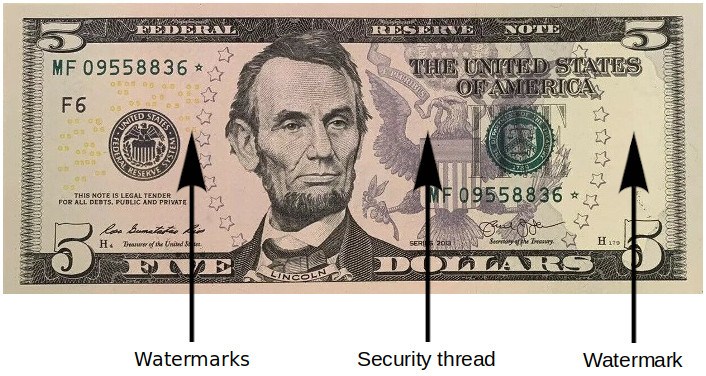
One of the best ways to identify a counterfeit bill is to compare it to a known genuine bill. This will help you to identify any subtle differences that may be difficult to spot otherwise.
Here are some things to compare:
- The overall size and color of the bill
- The clarity and sharpness of the printing
- The alignment of the text and images
- The presence of any security features
If you notice any discrepancies between the two bills, it’s best to err on the side of caution and assume that the bill is counterfeit.
4. Use a Counterfeit Money Detector
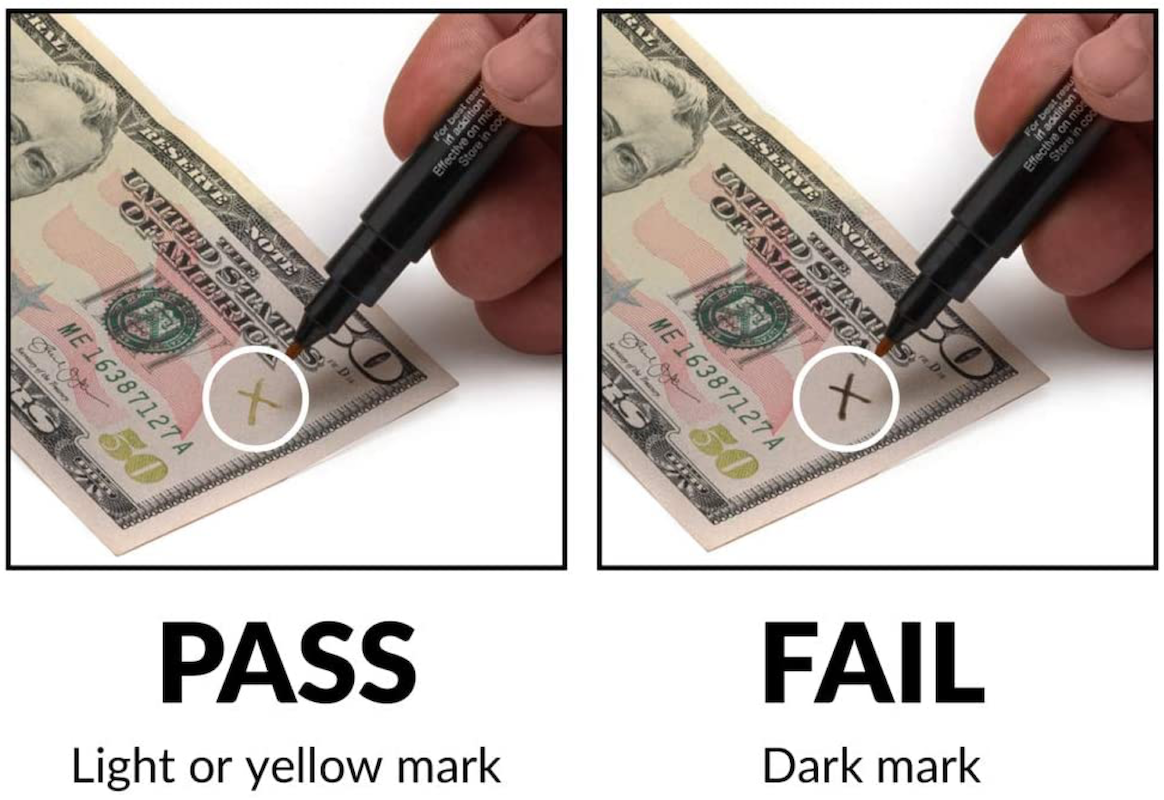
Counterfeit money detectors are available online and at some retail stores. These devices use various methods to detect counterfeit bills, including ultraviolet light, magnetic sensors, and image analysis.
While counterfeit money detectors can be helpful, they are not foolproof. Some counterfeiters are able to replicate the security features that these devices detect. Therefore, it’s important to use other methods of verification in conjunction with a countertop money detector.
5. Contact the Authorities
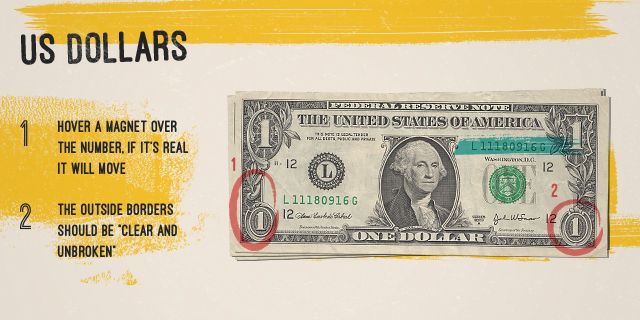
If you suspect that you have received a counterfeit bill, it’s important to contact the authorities immediately. This will help them to track down the source of the counterfeit bills and prevent them from being circulated further.
Here are some resources that you can contact:
- The United States Secret Service: 1-800-732-7386
- The Federal Bureau of Investigation: 1-800-CALL-FBI
You can also report counterfeit bills online through the U.S. Department of the Treasury website: https://home.treasury.gov/services/currency-and-coins
Tips for Preventing Counterfeit Bills
- Be aware of the security features of genuine banknotes.
- Be cautious when accepting cash from strangers.
- Use a counterfeit money detector if available.
- Report any suspected counterfeit bills to the authorities.
By following these tips, you can help to protect yourself from becoming a victim of counterfeit money.
Conclusion
In conclusion, protecting yourself from counterfeit money is crucial in today’s world. This guide has equipped you with the knowledge and tools you need to identify fake bills with confidence. By examining the paper, looking for security features, comparing bills to known genuine ones, and utilizing counterfeit detectors, you can significantly reduce your risk of falling victim to counterfeit money. Remember to stay vigilant, be cautious when accepting cash, and report any suspicious bills to the authorities. By working together, we can create a safer and more secure financial environment for everyone.counterfeit money


